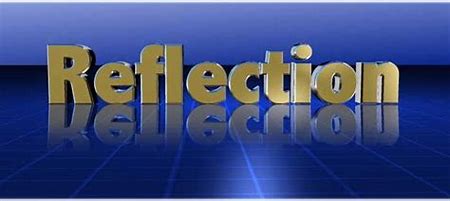Wednesday 15 May 2019
The Poster for C2
Motivational
Strategies, a poster presentation
Teaching Strategies (high tech and teacher centred): Reflective teaching can be achieved through the use of some new, high tech and efficient methodological approaches as dynamic, CLIL, flipped lessons, experiential, cooperative and metacognition learning and strategies as self-analyses, digital storytelling, journal or blog writing for engaging learners in reflective practice. Learning Strategies (high tech and student centred):Reflective Learning is a process where students think over their learning practices, analysing how the subjects can be learnt and how the practice might be improved or changed for better learning process. It is a personal tool that students can use to observe and evaluate the way they behave in their classroom. It can be achieved through some new, high tech learning practices and strategies as: personalized ,game-based, experiential, inquiry-based ,expeditionary and kinaesthetic learning, differentiated instructions.
Teaching Strategies (high tech and teacher centred): Reflective teaching can be achieved through the use of some new, high tech and efficient methodological approaches as dynamic, CLIL, flipped lessons, experiential, cooperative and metacognition learning and strategies as self-analyses, digital storytelling, journal or blog writing for engaging learners in reflective practice. Learning Strategies (high tech and student centred):Reflective Learning is a process where students think over their learning practices, analysing how the subjects can be learnt and how the practice might be improved or changed for better learning process. It is a personal tool that students can use to observe and evaluate the way they behave in their classroom. It can be achieved through some new, high tech learning practices and strategies as: personalized ,game-based, experiential, inquiry-based ,expeditionary and kinaesthetic learning, differentiated instructions.
The Prezi of the topic
 |
| The link to the presentation
https://prezi.com/p/xjb6n_sphtor/reflective-teachinglearning-strategies-in-the-science-classroom/
|
“Reflective
Teaching/Learning Strategies which potentially influence Science classroom
motivation”
(Introduction) The purpose of this
report is to present the results of the interviews and survey carried out among
the teachers and students of Vasily Kachialov gymnasium into application of the
4 methodologies in teaching/learning process of Science and Mathematics.
(Methodology)
The teachers and students were asked
some questions about the typology and informative aspects of the Reflective
lessons.
1. Just
under a half (48%) of the interviewers use active methods in teaching/learning
process. 2. Well over three quarters (81%) of respondents evaluate their teaching/learning
the Science subject through formal and informal methods, peer and self-assessment.
3. Around a quarter (23%) of teachers and students use IT tools (apps,
programmes and etc.) at the lessons. 4. There were a variety of variants
mentioned by the teachers and students for improving or changing the
teaching/learning process for better outcomes, including the introduction of the
high tech, inquiry and game-based teaching/learning practices as well as
sharing the gained experience.
(Analysis) Moving to the survey,
the main question was about the most effective methods of teaching/learning
Science, we want to point out that 33% of teachers consider CLIL and Flipped
lessons as the most effective, just under a half (48%) of students think it is
Experiential learning. Half of the teachers (50%) think that the flipped
classroom enhances the collaboration among students and allows them to explore
the subject in a deeper manner. 75% of the Science teachers mentioned that CLIL
increases students motivation to learn Science. Just under a half (48%) of the
teachers think that experiential learning and the debate lessons encourage
students to be more engaged in the learning process and develop students’
critical thinking. In conclusion, it seems that 100% of teachers feel more
motivated to teach Science and Mathematics when using the methodologies.
Subscribe to:
Posts (Atom)




















